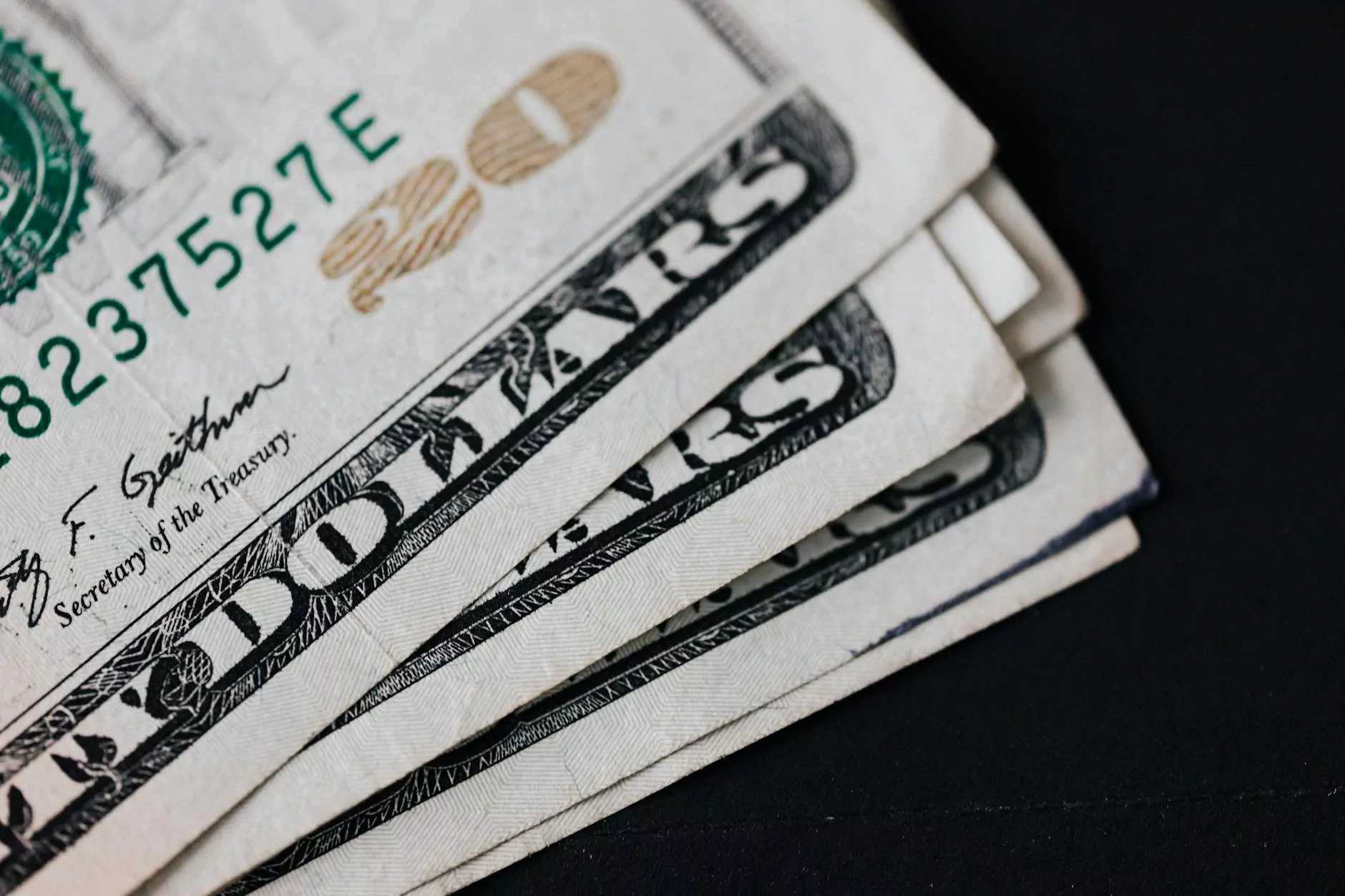Subsidized vs. Unsubsidized Student Loans
Higher Education and Research Infrastructure
Introduction
Welcome to Social Service of America's in-depth comparison of subsidized and unsubsidized student loans. We understand the importance of making informed financial decisions when it comes to pursuing higher education. In this article, we will provide you with comprehensive details about subsidized and unsubsidized student loans to help you understand the key differences and choose the best option for your educational journey.
What Are Subsidized Student Loans?
Subsidized student loans, also known as direct subsidized loans, are federal loans provided to undergraduate students based on financial need. These loans offer significant financial benefits as the government pays the interest while the borrower is enrolled in school at least half-time, during the grace period, and deferment periods. The interest subsidy ensures that the loan balance doesn't increase while you focus on your studies.
Key Features of Subsidized Student Loans
- Available to undergraduate students with demonstrated financial need
- Interest is paid by the government during specific periods
- Flexible repayment options and lower interest rates compared to private loans
- Grace period after graduation before repayment begins
- Eligible for various federal loan forgiveness and repayment programs
What Are Unsubsidized Student Loans?
Unsubsidized student loans, also known as direct unsubsidized loans, are federal loans available to both undergraduate and graduate students. Unlike subsidized loans, interest starts accruing from the day the loan is disbursed to the student. This means that borrowers are responsible for paying all the interest that accumulates throughout the life of the loan.
Key Features of Unsubsidized Student Loans
- Available to undergraduate and graduate students without the requirement of demonstrating financial need
- Interest starts accruing from the time of disbursement
- Higher borrowing limits compared to subsidized loans
- Flexible repayment options and competitive interest rates
- No grace period, but borrowers can defer payments while in school
Comparison: Subsidized vs. Unsubsidized Student Loans
1. Eligibility
Subsidized student loans are specifically available to undergraduate students who demonstrate financial need based on the Free Application for Federal Student Aid (FAFSA) information. Unsubsidized student loans, on the other hand, are accessible to both undergraduate and graduate students, regardless of financial need. Both types of loans require the completion of the FAFSA form.
2. Interest Subsidy
The main advantage of subsidized student loans is the interest subsidy provided by the government. This means that while you are enrolled in school at least half-time, during the grace period, and deferment periods, the government covers the interest payments. Unsubsidized student loans, however, accrue interest from the day of disbursement and continue to accumulate throughout the loan term.
3. Borrowing Limits
Subsidized student loans have lower borrowing limits compared to unsubsidized student loans. The specific loan amounts depend on your grade level and dependency status. Unsubsidized student loans generally have higher borrowing limits, allowing students to access additional funds to cover educational expenses.
4. Repayment
Both subsidized and unsubsidized student loans offer flexible repayment options, including income-driven plans, extended repayment, and loan consolidation. Subsidized loans, however, provide additional benefits such as a grace period after graduation, during which repayment doesn't begin. Unsubsidized loans may require immediate repayment or allow borrowers to defer payments while they are enrolled in school.
5. Interest Rates
The interest rates on subsidized and unsubsidized student loans are set by the government and may vary each academic year. Typically, subsidized loans have slightly lower fixed interest rates compared to unsubsidized loans. It's important to review the current interest rates to determine the long-term cost of borrowing.
6. Loan Forgiveness and Repayment Programs
Both subsidized and unsubsidized student loans are eligible for various federal loan forgiveness and repayment programs. These programs can provide relief by reducing monthly payments or forgiving a portion of the loan balance based on specific criteria, such as public service or income-driven repayment plans.
Conclusion
Choosing between subsidized and unsubsidized student loans is an important decision that can impact your financial future. Social Service of America is dedicated to supporting students in their educational pursuits, and we provide subsidized and unsubsidized student loans to assist in making higher education accessible. We hope this comprehensive comparison has provided valuable insights to help you make an informed choice. Feel free to contact our knowledgeable team for further guidance on your student loan journey.
Remember, student loans should be approached with careful consideration and planning. Understanding the key differences between subsidized and unsubsidized loans is crucial to minimize the financial burden and maximize the benefits of your educational investment.




